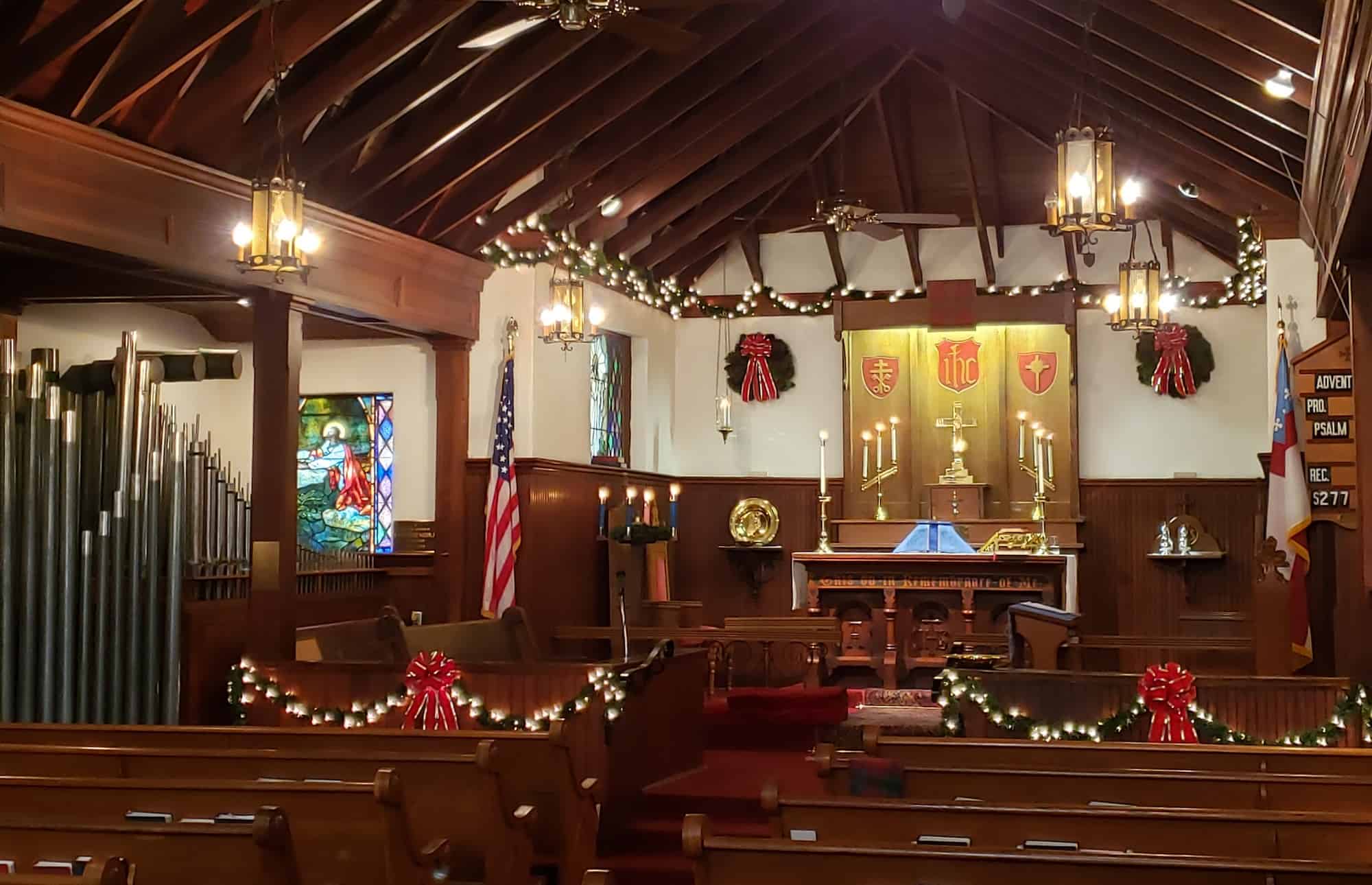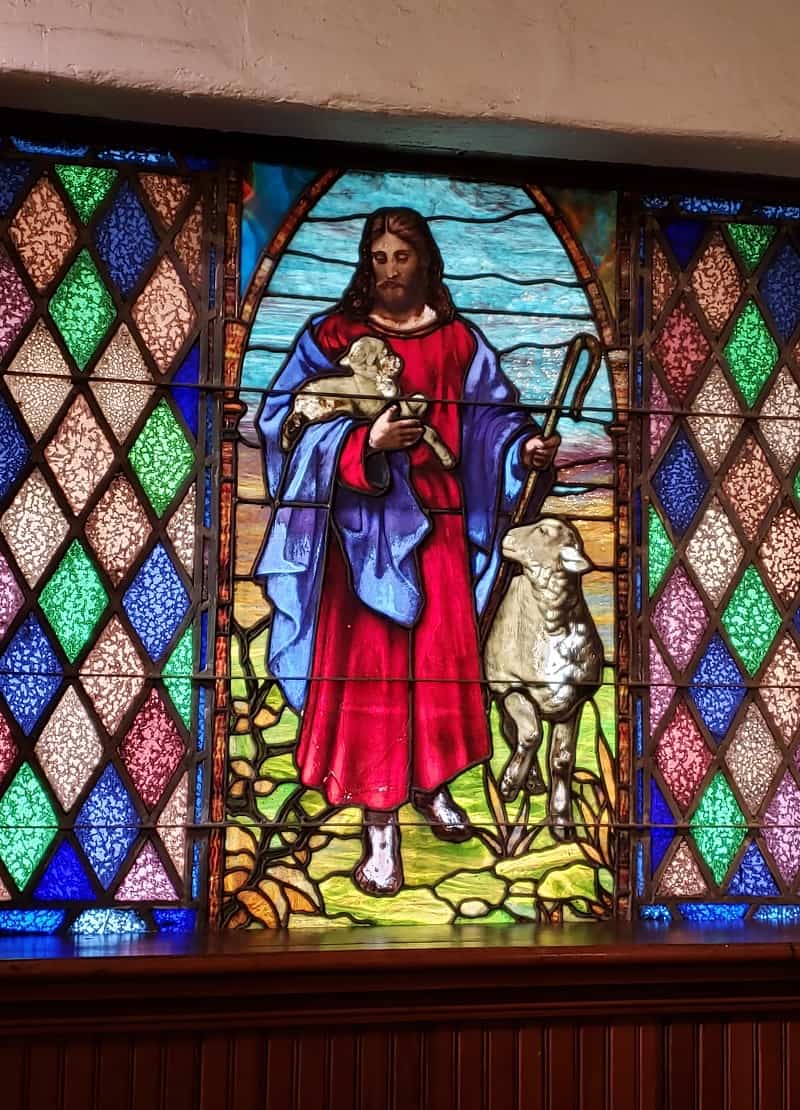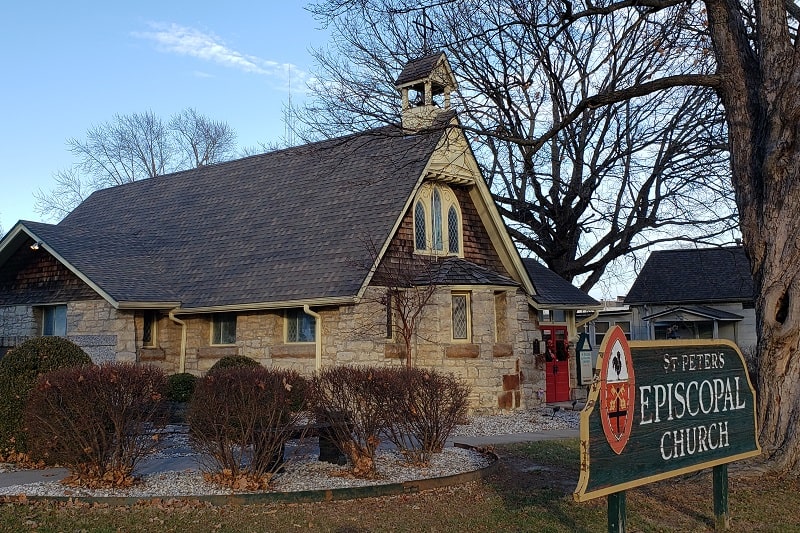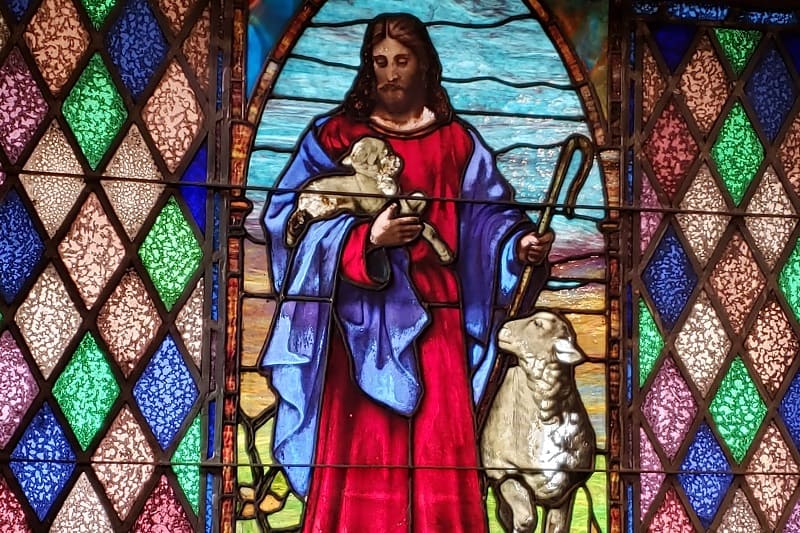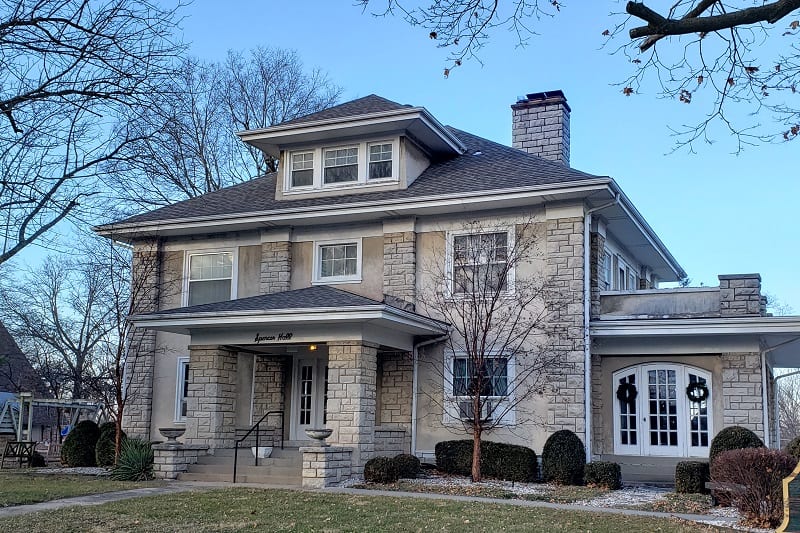The Words
The ceremony itself is based on the rituals of the early Church. The words chosen when the service changed to English came from an archbishop named Thomas Cranmer. It seems Cranmer was not only a priest but also a poet. He lived just before the time of Shakespeare, and you can see in his work the legendary love of language we associate with that Elizabethan age.
In 1979 a more contemporary reading of the Communion service, called Rite II was adopted. The language is more inclusive, and it sounds more familiar to everyday speech. Rite II reflects a growing sensitivity to individual human experience that came from centuries of God’s ongoing guidance, which we call discernment.
We practice both Rite I and Rite II at St. Peter’s on different Sundays, so that people who prefer one or the other liturgy can experience what they seek.
The Words
The ceremony itself is based on the rituals of the early Church. The words chosen when the service changed to English came from an archbishop named Thomas Cranmer. It seems Cranmer was not only a priest but also a poet. He lived just before the time of Shakespeare, and you can see in his work the legendary love of language we associate with that Elizabethan age.
In 1979 a more contemporary reading of the Communion service, called Rite II was adopted. The language is more inclusive, and it sounds more familiar to everyday speech. Rite II reflects a growing sensitivity to individual human experience that came from centuries of God’s ongoing guidance, which we call discernment.
We practice both Rite I and Rite II at St. Peter’s on different Sundays, so that people who prefer one or the other liturgy can experience what they seek.
The Music
The Hymnal we use was published in 1982 for the purpose of speaking to the Church of the future, as well as the traditions of our past. Episcopal hymnals date to the very beginnings of the United States – the first was published in 1789 – and this collection of ceremonial music has been updated seven times so far. Some of the hymns that make the old-timers feel at home came from classical composers such as George Frederic Handel. Others reflect the ongoing evolution of music, from living composers such as Malcom Archer, who has been Director of Music at St. Paul’s in London. It’s true that there’s a tendency for the music of the Episcopal Church to sound stately. And yet familiar, contemporary, Protestant hymns find their way into the service at St. Peter’s on a regular basis.
The Music
The Hymnal we use was published in 1982 for the purpose of speaking to the Church of the future, as well as the traditions of our past. Episcopal hymnals date to the very beginnings of the United States – the first was published in 1789 – and this collection of ceremonial music has been updated seven times so far. Some of the hymns that make the old-timers feel at home came from classical composers such as George Frederic Handel. Others reflect the ongoing evolution of music, from living composers such as Malcom Archer, who has been Director of Music at St. Paul’s in London. It’s true that there’s a tendency for the music of the Episcopal Church to sound stately. And yet familiar, contemporary, Protestant hymns find their way into the service at St. Peter’s on a regular basis.
Tell Me More!
Just submit the form to talk with a member of St. Peter’s. We’re always grateful for the chance to share.
SERVICE SCHEDULE
Sundays
9:30 o’clock
Holy Eucharist
* Masks and social distancing are requested at all services.
RECTOR SEARCH
Search Profile for Rector (click to download)
Membership Planning Presentation of Findings (click to download)
LOCATION
400 W. Wall Street
Harrisonville, MO 64701
Tell Me More!
Just submit the form to talk with a member of St. Peter’s. We’re always grateful for the chance to share.
SERVICE SCHEDULE
Sundays
9:30 o’clock
Holy Eucharist
* Masks and social distancing are requested at all services.
RECTOR SEARCH
Search Profile for Rector (click to download)
Membership Planning Presentation of Findings (click to download)
LOCATION
400 W. Wall Street
Harrisonville, MO 64701


